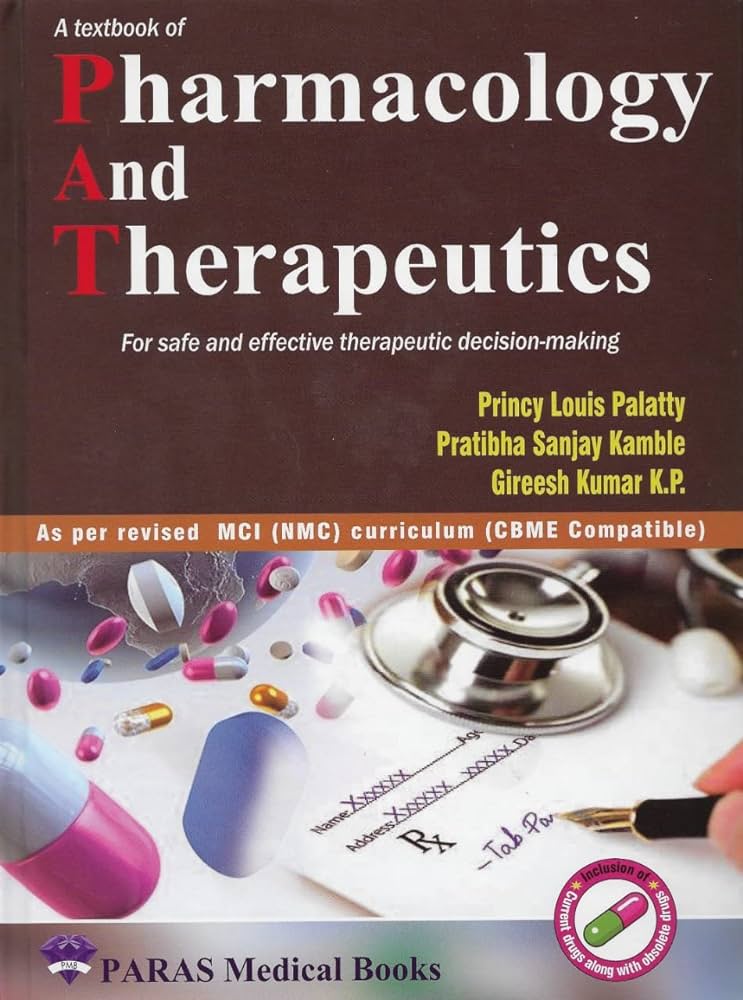Macrophages at the crossroads of cellular senescence and cancer development and progression: Therapeutic opportunities and challenges
IF 12.5
1区 医学
Q1 PHARMACOLOGY & PHARMACY
引用次数: 0
Abstract
Macrophages are pleiotropic immune cells essential for maintaining tissue homeostasis and modulating immune responses. Their inherent plasticity enables polarization into distinct functional phenotypes: M1 (pro-inflammatory) and M2 (anti-inflammatory), which critically influence the progression of various diseases, including cancer. Cellular senescence, a state characterized by irreversible cell cycle arrest and the secretion of pro-inflammatory factors (SASP), substantially contributes to aging and disease pathogenesis. The interaction between macrophages and senescent cells is complex: macrophages contribute to tissue integrity by clearing senescent cells to prevent tissue dysfunction, while senescent cells can alter macrophage function, influencing inflammation and cancer development. This review examines the dual roles of macrophages in cellular senescence and cancer, focusing on their capacity to both protect against and promote tumor progression. It examines how macrophages recognize and phagocytose senescent cells, the impact of macrophage dysfunction on senescence-associated pathologies, and the role of tumor-associated macrophages (TAMs) in shaping the tumor microenvironment. Key concepts to be addressed include macrophage plasticity, SASP-mediated modulation of macrophage function, and the dual role of macrophages in cancer, where they can either suppress tumor growth or promote progression via angiogenesis, immune evasion, and metastasis. The mutual interplay between macrophages and senescent cells highlights the therapeutic potential of targeting this interaction for managing age-related diseases and cancer.
巨噬细胞在细胞衰老和癌症发展和进展的十字路口:治疗的机遇和挑战。
巨噬细胞是维持组织稳态和调节免疫反应所必需的多效免疫细胞。它们固有的可塑性使其分化为不同的功能表型:M1(促炎)和M2(抗炎),这对包括癌症在内的各种疾病的进展具有关键影响。细胞衰老是一种以不可逆的细胞周期停滞和促炎因子(SASP)分泌为特征的状态,在很大程度上有助于衰老和疾病的发病。巨噬细胞与衰老细胞之间的相互作用是复杂的:巨噬细胞通过清除衰老细胞以防止组织功能障碍来促进组织完整性,而衰老细胞可以改变巨噬细胞的功能,影响炎症和癌症的发展。本文综述了巨噬细胞在细胞衰老和癌症中的双重作用,重点介绍了它们预防和促进肿瘤进展的能力。它探讨了巨噬细胞如何识别和吞噬衰老细胞,巨噬细胞功能障碍对衰老相关病理的影响,以及肿瘤相关巨噬细胞(tam)在塑造肿瘤微环境中的作用。需要解决的关键概念包括巨噬细胞的可塑性、sasp介导的巨噬细胞功能调节,以及巨噬细胞在癌症中的双重作用,它们可以抑制肿瘤生长或通过血管生成、免疫逃避和转移促进肿瘤进展。巨噬细胞和衰老细胞之间的相互作用突出了针对这种相互作用治疗年龄相关疾病和癌症的治疗潜力。
本文章由计算机程序翻译,如有差异,请以英文原文为准。
求助全文
约1分钟内获得全文
求助全文
来源期刊
CiteScore
23.00
自引率
0.70%
发文量
222
审稿时长
90 days
期刊介绍:
Pharmacology & Therapeutics, in its 20th year, delivers lucid, critical, and authoritative reviews on current pharmacological topics.Articles, commissioned by the editor, follow specific author instructions.This journal maintains its scientific excellence and ranks among the top 10 most cited journals in pharmacology.

 求助内容:
求助内容: 应助结果提醒方式:
应助结果提醒方式:


